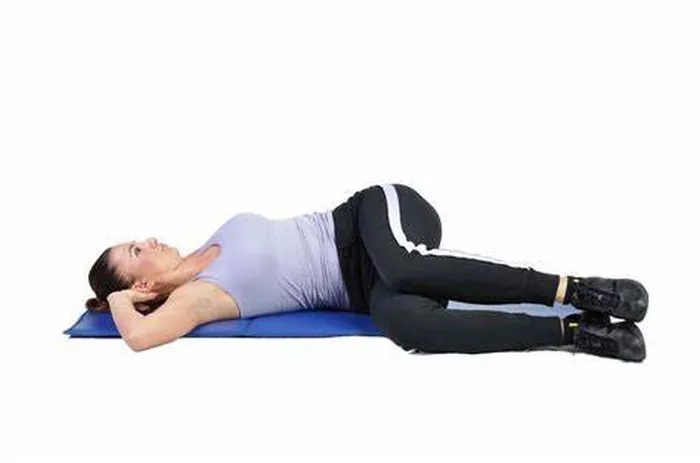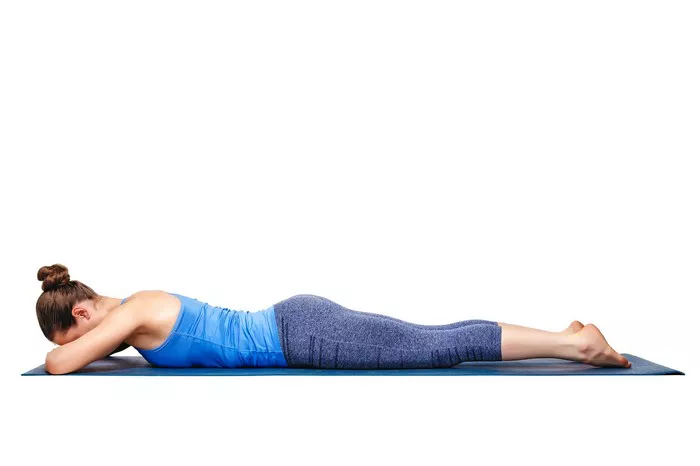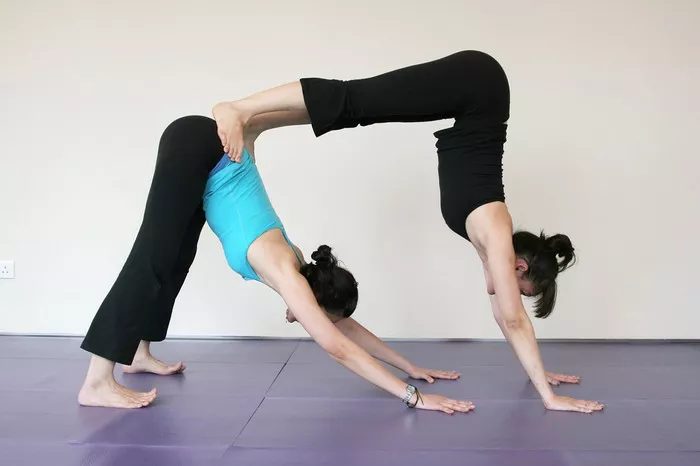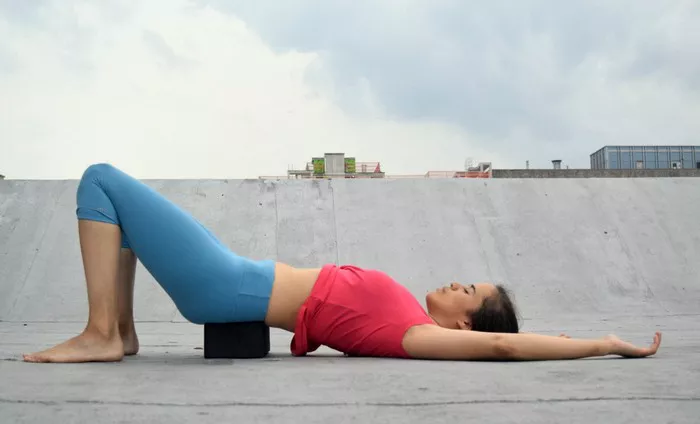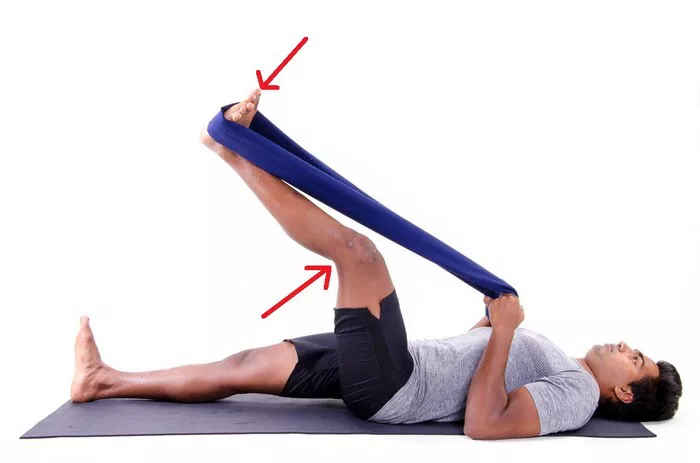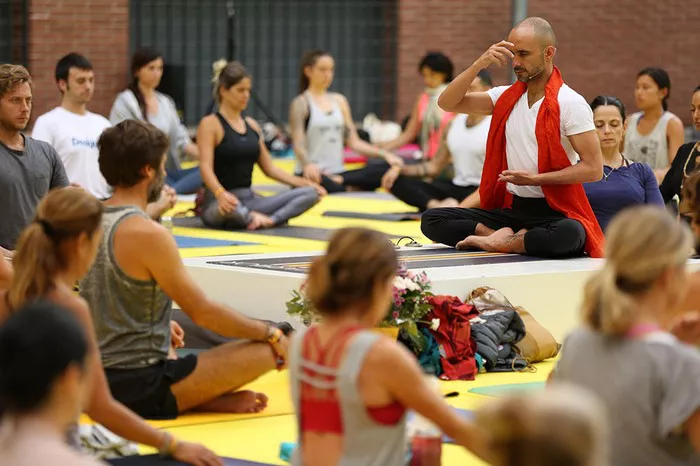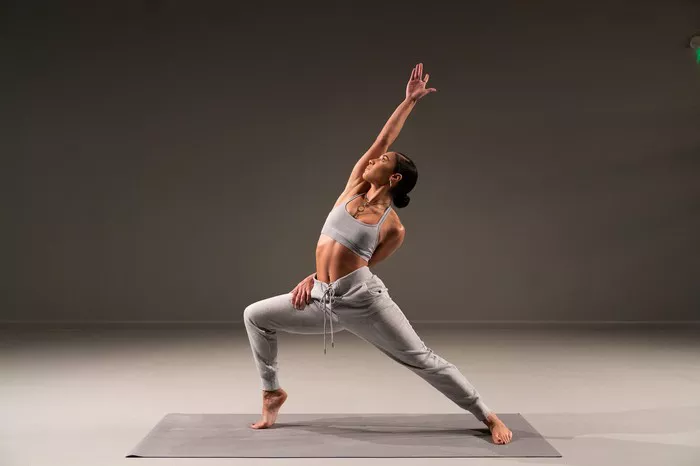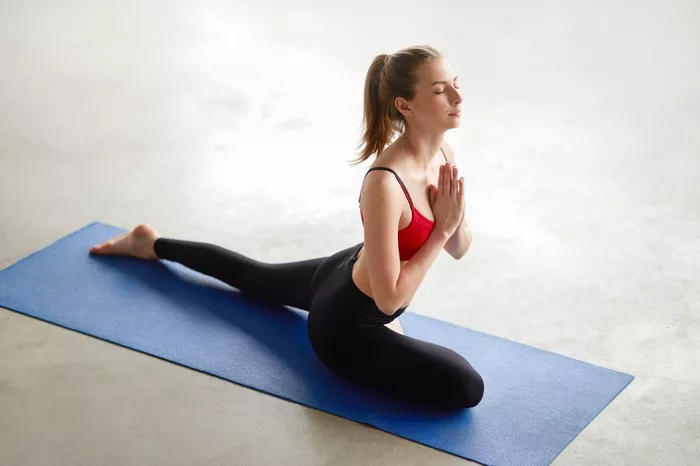Yoga is widely praised for its health benefits, particularly in promoting relaxation, flexibility, and stress reduction. For many, it is an essential part of a healthy lifestyle. However, not all yoga practices are suitable for everyone. For individuals with heart conditions, specific yoga styles and postures can pose health risks rather than offer benefits. This guide explores the types of yoga that heart patients should avoid entirely. The purpose is to ensure that heart patients can enjoy the advantages of yoga without compromising their cardiovascular health.
Why Yoga Can Be Risky for Heart Patients
Yoga, when performed correctly, has therapeutic effects on the cardiovascular system. However, some styles involve intense physical exertion, breath retention, or inverted poses, all of which can place undue stress on the heart. Heart patients often need to manage issues like high blood pressure, arrhythmias, and reduced exercise tolerance. Engaging in strenuous yoga styles without medical supervision can trigger complications.
Therefore, it is essential for heart patients to consult with healthcare providers and qualified yoga instructors before starting any yoga program. Additionally, understanding which styles and practices to avoid can help in making safer and more informed choices.
1. Bikram Yoga
Bikram Yoga is practiced in rooms heated to around 105°F (40.6°C) with 40% humidity. The class involves 26 postures and two breathing exercises performed over 90 minutes. The intense heat can lead to dehydration, elevated heart rate, and blood pressure fluctuations. These conditions are risky for heart patients, particularly those on medications that affect fluid balance or heart function.
Due to the extreme environmental conditions, Bikram Yoga can overwhelm the cardiovascular system. Even healthy individuals must stay cautious. For heart patients, the risks outweigh the benefits, and this form should be avoided unless cleared by a cardiologist.
2. Power Yoga
Power Yoga is a vigorous, fitness-based approach to vinyasa-style yoga. It incorporates dynamic movements, quick transitions, and strength-focused poses that significantly raise the heart rate. While it offers excellent aerobic and muscle-toning benefits, it can be taxing for individuals with heart issues.
The high intensity and continuous motion make Power Yoga unsuitable for heart patients, especially those recovering from cardiac events or surgeries. The physical demands can provoke symptoms such as shortness of breath, chest discomfort, or fatigue. Instead, gentler forms of yoga should be considered.
3. Ashtanga Yoga
Ashtanga Yoga follows a strict sequence of poses linked by breath and movement. Each session is physically intense and involves rigorous sequences like Sun Salutations and demanding balance postures. The practice builds strength, flexibility, and stamina but requires a high level of physical fitness.
Heart patients may find the pace and intensity overwhelming. The need for constant exertion and precise breathing patterns can stress the cardiovascular system. Furthermore, this style offers little room for modification, making it difficult to adapt for individuals with limitations or medical conditions.
4. Hot Yoga
Similar to Bikram, Hot Yoga refers to any yoga practiced in a heated environment. Temperatures and humidity levels may vary, but the goal remains the same: increase sweat and enhance flexibility. While some enjoy the detoxifying effects, the heat can place added strain on the heart.
Increased body temperature can lead to vasodilation and a drop in blood pressure, followed by a reactive increase in heart rate. For those with pre-existing heart conditions, this cycle can be dangerous. Dizziness, fainting, and arrhythmias are potential risks, making Hot Yoga unsuitable without strict medical oversight.
5. Kundalini Yoga
Kundalini Yoga focuses on awakening the spiritual energy at the base of the spine. It involves dynamic breathing techniques (pranayama), chanting, meditation, and repetitive movements. While beneficial for mental clarity and stress relief, some of its practices, especially rapid breathwork, can affect heart rate and blood pressure.
Heart patients should avoid or modify breath-intensive practices like “Breath of Fire,” which involves forceful inhalation and exhalation. These techniques may cause hyperventilation, palpitations, or light-headedness. Kundalini Yoga should only be practiced under expert guidance for those with cardiovascular concerns.
6. Vinyasa Flow Yoga
Vinyasa Flow Yoga is characterized by seamless transitions between poses, coordinated with breath. Classes can range from moderate to high intensity depending on the teacher and sequence. The continuous motion provides a cardiovascular workout that might not be suitable for everyone.
For heart patients, the quick transitions and lack of rest periods can lead to overexertion. The style may not allow sufficient time for modifications or monitoring heart rate. A slow, restorative approach with ample rest is a better option for those managing heart conditions.
7. AcroYoga
AcroYoga blends traditional yoga with acrobatics and partner-based movements. It requires strength, balance, and trust between practitioners. While visually impressive and physically engaging, AcroYoga demands a level of fitness that exceeds what many heart patients can safely achieve.
The risk of falls, sudden exertion, and strain on the chest and core muscles makes this style hazardous for those with heart conditions. Additionally, the dynamic lifting and inversion aspects can alter blood pressure and heart rate in unpredictable ways. Safety concerns alone warrant avoidance of AcroYoga for heart patients.
8. Inverted Poses in Any Style
Regardless of the yoga style, inverted poses such as headstands, shoulder stands, and handstands should be avoided by heart patients. These positions can disrupt normal blood flow, increase intracranial pressure, and place a heavy burden on the cardiovascular system.
Inversions require the heart to work against gravity, which can challenge the circulatory system. People with hypertension or valvular issues may experience complications such as arrhythmias or shortness of breath. Safer alternatives include gentle reclining poses that elevate the legs without full inversion.
9. Intensive Pranayama Techniques
Breath control is a core component of yoga, but not all pranayama techniques are suitable for those with heart problems. Practices involving breath retention (kumbhaka), rapid breathing (kapalabhati), or forced exhalation can impact heart rhythm and blood pressure.
These techniques may stimulate the sympathetic nervous system, increasing stress hormones and heart rate. For patients with arrhythmias or angina, this can be dangerous. Instead, focus on slow, deep breathing with longer exhalations, which activates the parasympathetic system and promotes relaxation.
10. Yoga Competitions or Extreme Yoga Challenges
Though not a traditional yoga style, competitive yoga or extreme challenges are becoming more common. These events often push participants to hold difficult poses for extended periods or perform sequences under time constraints. This performance-based mindset can lead to overexertion and stress.
For heart patients, prioritizing safety and therapeutic benefits over performance is crucial. The pressure to achieve complex postures or outperform others can compromise cardiovascular stability. Yoga should remain a personal, introspective practice, especially for individuals with heart conditions.
Safer Yoga Alternatives for Heart Patients
While the above styles pose risks, several gentle yoga practices can offer cardiovascular benefits without excessive strain:
- Hatha Yoga: Focuses on basic postures and breathing, with a slower pace.
- Chair Yoga: Offers accessible options for those with limited mobility.
- Restorative Yoga: Emphasizes relaxation with support from props and minimal movement.
- Yoga Nidra: A guided meditation practice that reduces stress and promotes deep rest.
These styles can improve heart health when practiced under supervision and tailored to individual needs. Regular, moderate practice enhances circulation, reduces stress, and supports overall well-being.
Conclusion
Yoga can be a powerful ally in managing heart health, but only when practiced wisely. Not all styles are appropriate for everyone, and heart patients must take particular care in choosing safe practices. Understanding which types of yoga to avoid can prevent complications and ensure a positive experience.
Collaboration with healthcare professionals and experienced instructors is essential for developing a personalized yoga routine. By avoiding high-intensity, heat-based, or breath-intensive styles, heart patients can enjoy the many benefits yoga offers without putting their health at risk.
FAQs
Can heart patients do yoga every day?
Yes, but it should be a gentle form tailored to the individual’s health status. Daily practice can help reduce stress, improve flexibility, and enhance circulation.
Which yoga is best for heart patients?
Restorative, Chair, and Hatha Yoga are generally considered safe. These styles emphasize gentle movement, breath awareness, and relaxation.
Should I avoid yoga completely if I have a heart condition?
Not necessarily. Many heart patients benefit from modified yoga routines. It is vital to consult your doctor and work with a qualified yoga therapist.
Are breathing exercises safe for heart patients?
Yes, but only specific types. Avoid intense pranayama techniques like kapalabhati or breath retention. Focus on slow, deep breathing to activate the parasympathetic nervous system.
Can yoga lower blood pressure and stress levels?
Yes. Regular practice of calming yoga techniques can help lower blood pressure and reduce stress hormones, thereby supporting heart health.
Is it safe to do yoga after heart surgery?
Only with medical clearance. Post-surgery yoga should be extremely gentle, often starting with breathwork and progressing slowly under supervision.
How can I find a safe yoga class for heart patients?
Look for instructors trained in therapeutic or cardiac yoga. Hospitals and rehabilitation centers may also offer specialized classes.
What signs should I watch for during yoga practice?
Stop immediately if you experience chest pain, dizziness, shortness of breath, or a rapid heartbeat. These could signal overexertion or cardiac distress.
Can yoga replace heart medications?
No. Yoga is a complementary therapy and should not replace prescribed medications. Always follow your doctor’s advice regarding treatment.
How soon can I start yoga after a cardiac event?
This varies by individual. Some may begin gentle movements within weeks under medical guidance. Always consult your cardiologist before resuming or starting yoga.
Related Topics:

